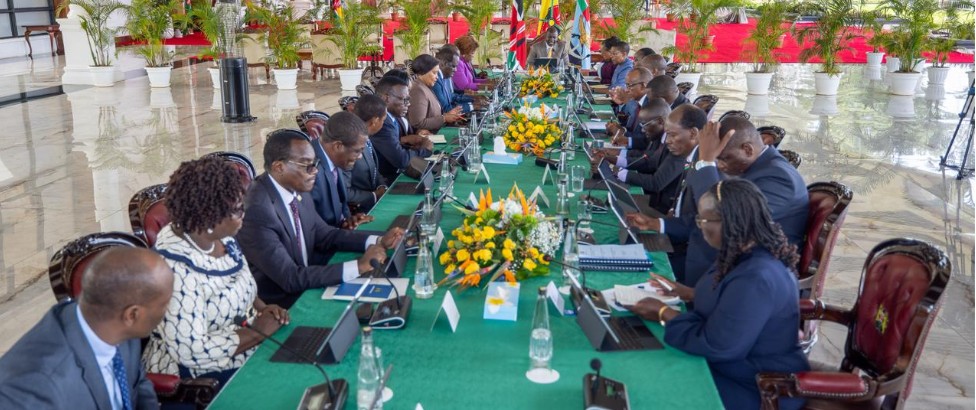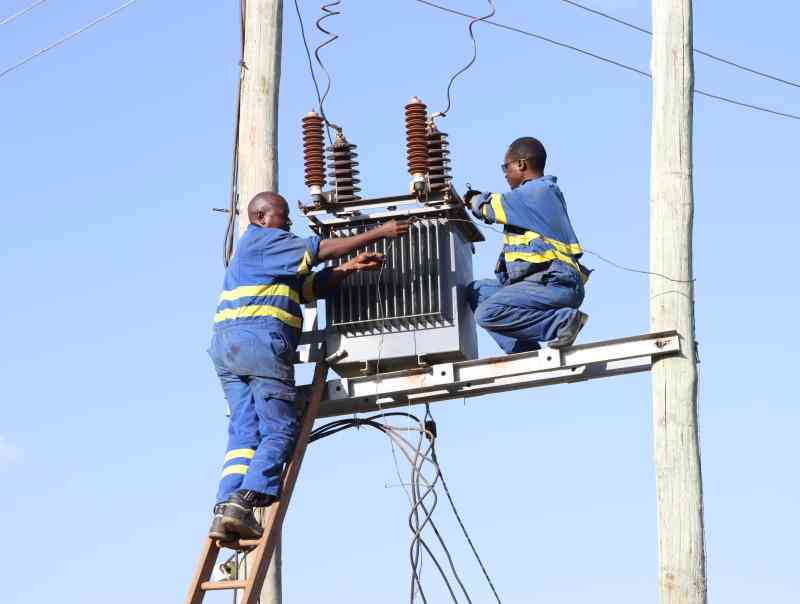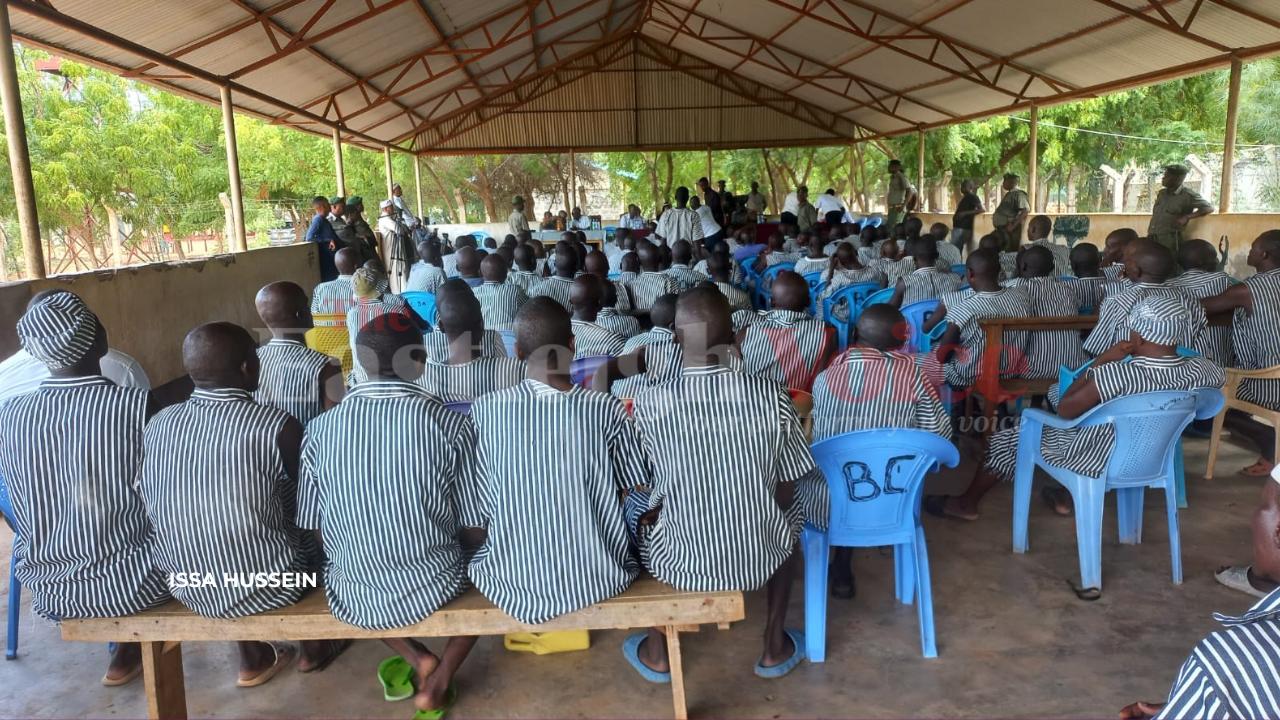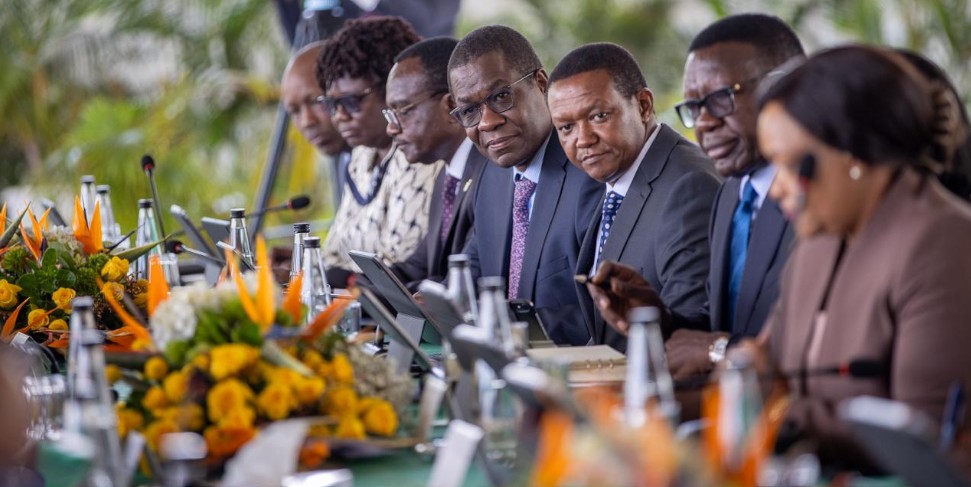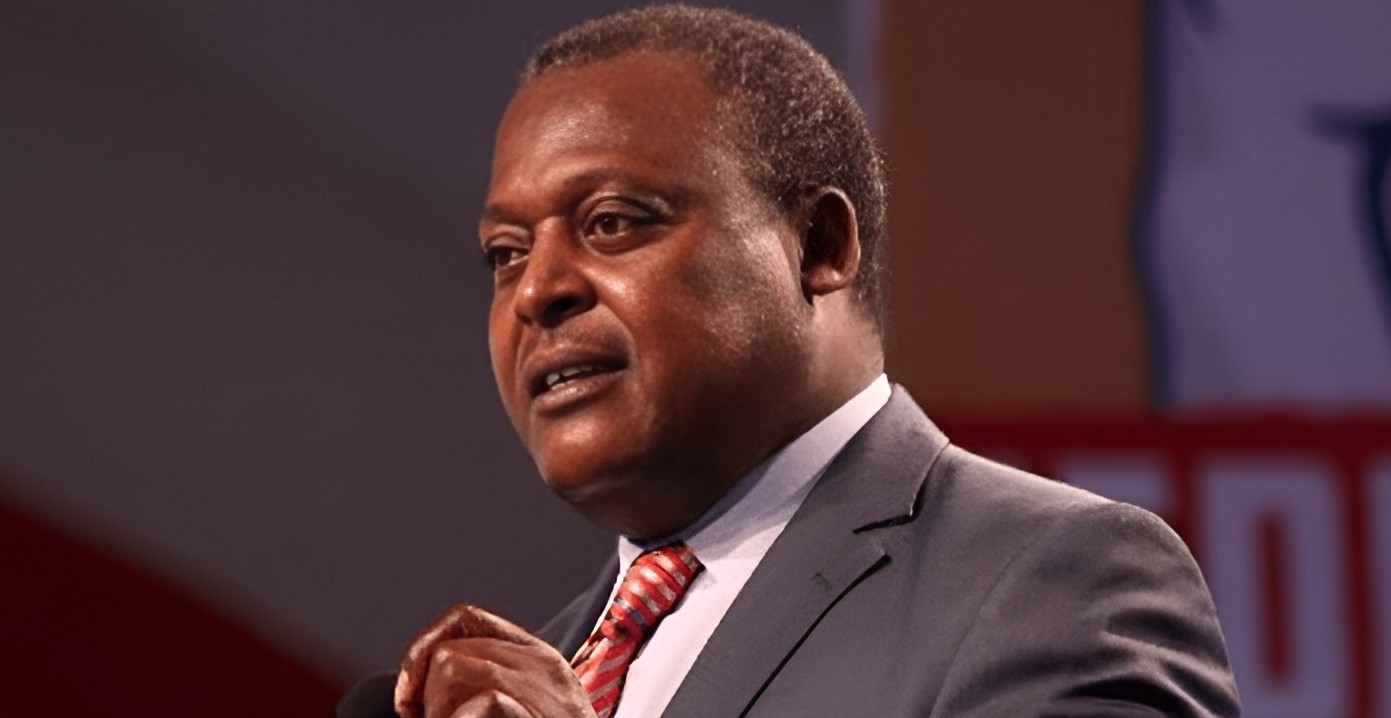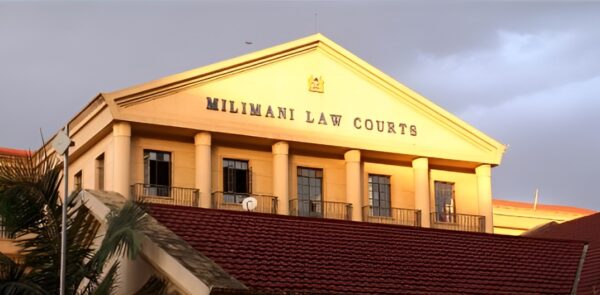Kenya’s manufacturing growth slows despite increased borrowing
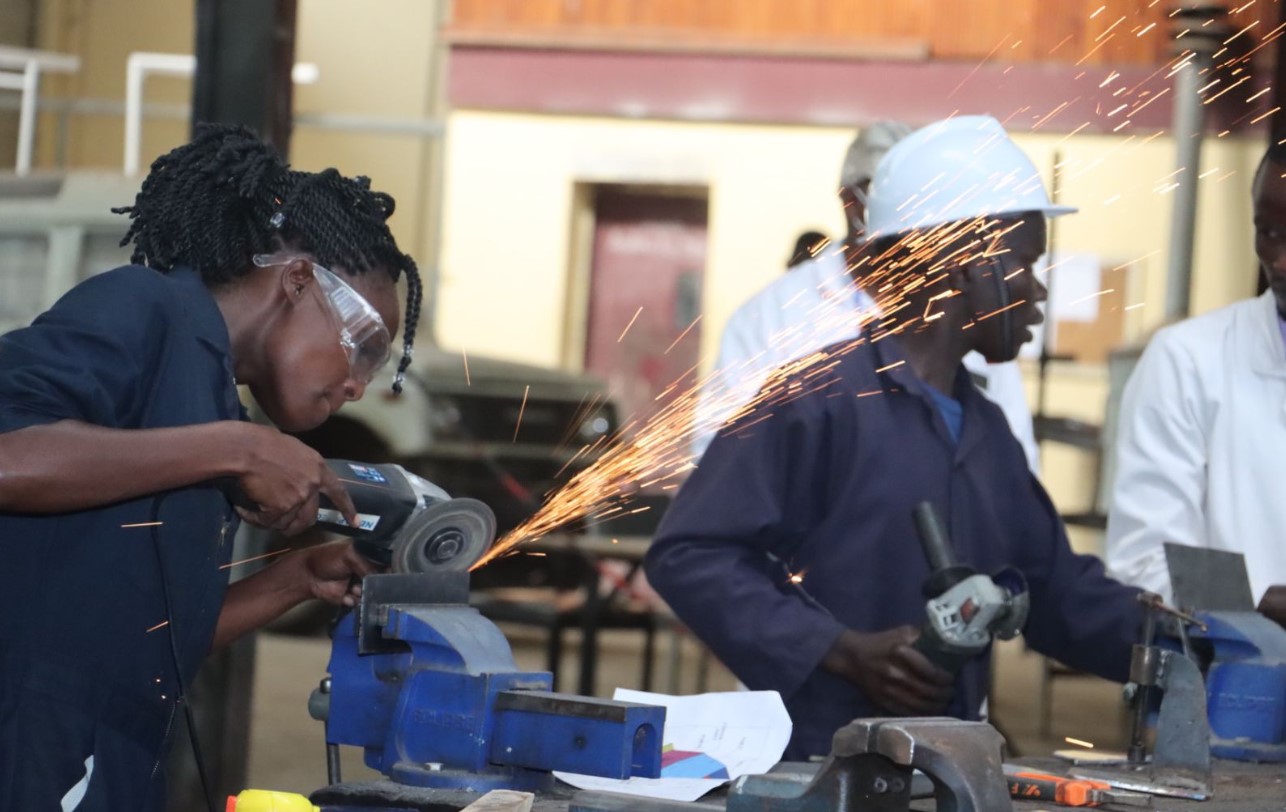
The sector’s real GDP expanded by one per cent compared to 3.2 per cent in the same period last year, even as loans to manufacturers rose by Sh17.2 billion to Sh598.3 billion.
Kenya’s manufacturing sector recorded slower growth between April and June 2025 despite a rise in borrowing.
According to the Kenya National Bureau of Statistics (KNBS), the sector’s real GDP expanded by one per cent compared to 3.2 per cent in the same period last year, even as loans to manufacturers rose by Sh17.2 billion to Sh598.3 billion.
More To Read
- Kenya’s industrialisation blueprint falls short as manufacturing stagnates - Review
- KNBS data shows uneven food price shifts as inflation dips slightly
- Kenya’s trade deficit widens to Sh413.5 billion as imports outpace exports
- 11 per cent of Kenyans use mobile phones they do not own - survey
- Payment of pending bills breathes new life into construction, manufacturing sectors
- Kenya's inflation climbs to 4.1 per cent amid fluctuating food prices, fuel costs
“Credit advanced to enterprises in the manufacturing sector increased from Sh581.1 billion as at June 2024 to Sh598.3 billion as at June 2025,” reads the KNBS Quarterly Gross Domestic Product statistical release.
The report notes that performance varied across subsectors. In the food segment, milk deliveries to processors surged by 24.1 per cent to 272 million litres, up from 219.2 million litres in the second quarter of 2024. However, soft drink production fell by 6.7 per cent to 143.9 million litres, while sugar output plunged by 43.8 per cent to 107,300 tonnes, down from 191,000 tonnes in the same period last year.
“Tea production declined by 5.3 per cent to 146,300 tonnes during the review period,” the KNBS report adds.
In the non-food subsector, output showed gains. Cement production rose by 21 per cent to 2,469,700 tonnes, galvanised sheet production increased by 11.3 per cent to 77,200 tonnes, and motor vehicle assembly grew by 20.8 per cent, reaching 3,350 units from 2,773 units in the second quarter of 2024.
During the same period, Kenya’s overall GDP grew by five per cent, up from 4.6 per cent in the corresponding quarter of 2024.
“The growth was mainly supported by growths in agriculture, forestry and fishing activities (4.4 per cent), transportation and storage (5.4 per cent), and financial and insurance (6.6 per cent),” KNBS said.
“The growth was also supported by rebounds in construction and mining and quarrying activities that rose by 5.7 and 15.3 per cent, respectively, after contracting in the second quarter of 2024.”
Despite these gains, the Kenya Association of Manufacturers (KAM) says sentiment among industry players remains weak. Its survey for April to June 2025 shows that 53.3 per cent of manufacturers expressed a negative outlook on the economy, citing high taxes, low demand, illicit trade and political instability as major constraints.
“In quarter two of 2025, the majority (53.33 per cent) of the manufacturers surveyed held a negative view of the country’s economic outlook, indicating a challenging business environment. This signals reduced investment, lower production and limited growth for the industry,” KAM said.
Meanwhile, only 7.1 per cent of manufacturers were optimistic about growth in the next six months, while 42.6 per cent remained pessimistic.
“76.9 per cent of manufacturers reported rising raw material costs driven by taxes, freight charges and global geopolitical tensions. While 50 per cent of manufacturers hold a neutral view, only 7.14 per cent are optimistic, and 42.6 per cent remain pessimistic, pointing to concerns of potential stagnation in sector growth,” the association added.
The report highlights that, even with increased borrowing and pockets of growth in non-food manufacturing, challenges such as high operational costs, weak demand, and policy uncertainties continue to weigh heavily on the industry.
Top Stories Today
